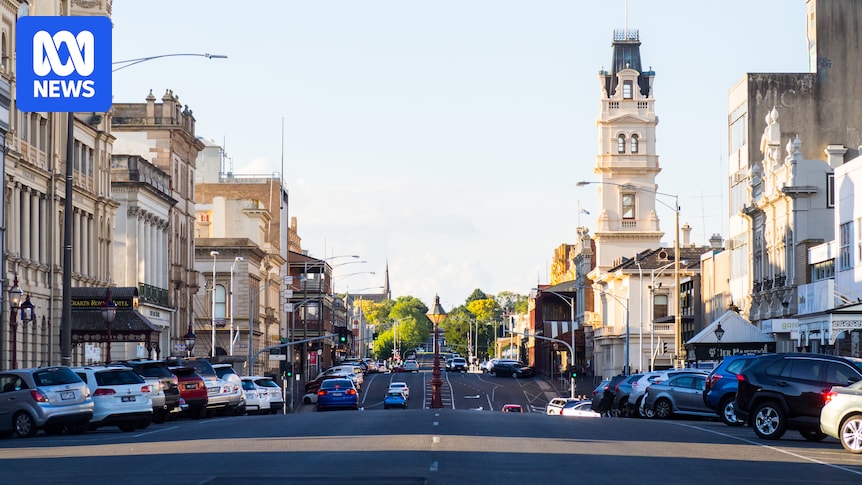The Victorian government has confirmed it wants to fast-track housing construction in regional areas just as it does in Melbourne and has hinted at limiting appeal opportunities as part of achieving this goal.
The government has plans to add 425,600 new homes to regional Victoria by 2051.
On Thursday morning ABC Ballarat asked Housing Minister Harriet Shing about what rights residents would have to object to new developments under the scheme.
“We want to make sure decisions can be made faster,” she said.
“The number one issue communities across Victoria are telling us needs to be resolved is housing.
“There will be options for people to challenge various parts of decisions, but again, we want the planning minister to be given powers to make decisions faster.
“This is where when all of the boxes are ticked, when all of the thresholds and requirements are met, the planning minister can make decisions which allows development to go ahead.
“Each individual component of what needs to be done is pretty stringent.”
Harriet Shing has suggested regional Victoria needs to get ready for fewer opportunities to object to new housing developments. (ABC News: Andrew Altree-Williams)
‘Inadequate planning’
Ballarat Heritage Watch president Stuart Kelly has been involved in appeals against several projects.
He said he was concerned but not surprised by the government’s plan.
“Our view is the decision making is not being held up by appeals, but lack of resources for planning departments and [the Victorian Civil and Administrative Tribunal],” he said.
“Local communities shouldn’t lose their rights simply because of — frankly — inadequate planning over decades that has led to the unsustainable spread across our farmlands.
“As much as possible, decisions should be made locally.”
Mr Kelly said he was not against development, and that his organisation had been working with Ballarat council to determine where higher buildings could go in the city.
“People tend not to get involved until it’s too late in some cases, where the decision has already been made,” he said.
“I think rather than having to appeal after the event, it’s good to be able to work with local members and try and head off inappropriate development.”
Geelong could be made to more than double its current total of 127,000 houses if the state government’s plan is enacted. (Supplied)
Push for higher density
This week the state government announced it wants higher density development in 50 “activity centres” of Melbourne and stamp duty concessions to speed up building and reforms regarding how property developers pay for infrastructure such as schools and parks.
Ms Shing said the government also hoped to increase density at the centres of regional cities.
“Some of the draft targets we’ve issued to councils do set out a process for activating additional housing stock, and that’s obviously closer to the middle of regional centres which sit alongside train lines, so this is a regional approach to that work,” she said.
“Regional and rural communities are different to Melbourne, obviously — the network of access to public transport and intermodal connections is really different.
“We will continue to work with councils to make sure that as that growth continues it continues in a way that is accommodating what individual communities want to see.”
The government also wants 70 per cent of all new homes to be built on land in previously developed areas.
Call for more information
Under the draft 2051 housing targets for every council released earlier this year, the government proposes that Geelong build 140,000 new dwellings, which is the largest of any council area in Victoria.
Ballarat would host almost 47,000 new dwellings, almost doubling its current housing stock.
In its submission to the government on the targets, the City of Ballarat expressed concerns that the figure “was released without consultation and without a clear explanation of the methodology for how and where housing should be delivered”.
“Without further information, this growth target would seem unachievable from the outset,” the statement read.
No other areas of regional Victoria are currently being asked to double their existing number of homes.
The final targets are due for release late this year.
